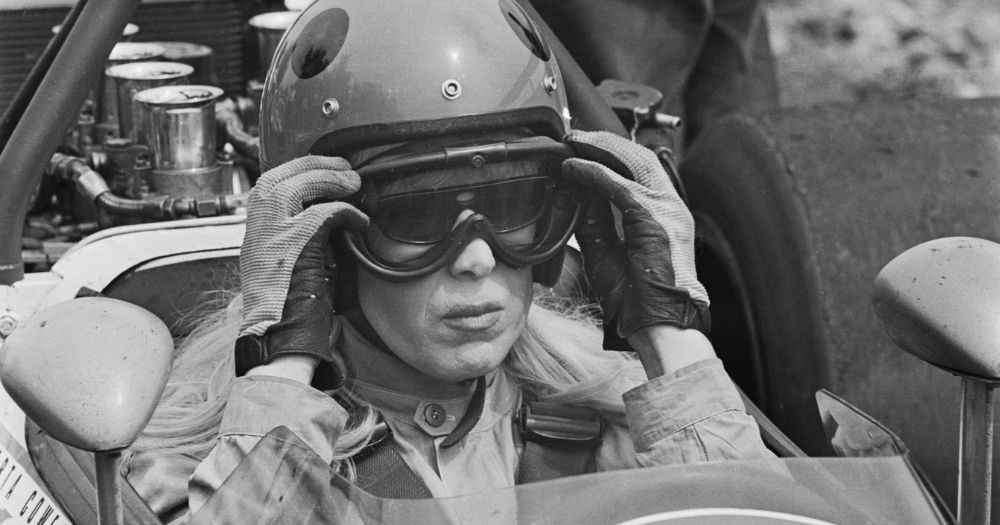Born in 1918, trans racer Roberta Cowell led a multifaceted life, and entered the public sphere after news of her transition made headlines. From motorsport racing to joining the Royal Air Force (RAF), her accomplishments were vast, but received very little attention after her retirement from racing in 1972.
In her early years, Roberta had a profound interest in engineering and racing, an interest that she carried with her throughout her life. She started racing at a young age, winning the Lands’ End Trial when she was 18.
Before racing, she had begun by sneaking into the pits at a race track in Weybridge, England, dressed as a mechanic. Her tenacity to learn brought her to study engineering at University College London, where she met Diana Carpenter, whom she would later marry.
Throughout her studies, Roberta continued to fuel her love for motorsport racing. In 1939, she competed in the Antwerp Grand Prix. Roberta and Diana married in 1941 and had two children together.
During World War 2, Roberta served as a fighter pilot with the RAF. Her squadron was assigned to aerial reconnaissance. In 1944, her plane went down, and she was held as a prisoner of war by the Nazis. She remained in the Stalag Luft camp until the war ended.
It was only after the war that Roberta Cowell came out as trans, at a time when the word transgender had not yet been coined. Roberta experienced depression as a result of the trauma she faced during the war and her gender dysphoria.
She separated from Diana and sought professional help. Through therapy, she realised her true identity and began her transition. In her autobiography, she notes that “my nature was essentially feminine and in some way my world was out of joint”.
Roberta started hormone therapy and, in 1951, received gender-affirming surgery, the first procedure of its kind recorded in the UK. She returned to racing and went on to win the Shelsley Hill Climb in 1957, one of the oldest motorsport races in the world. She set a new record in this race by 0.32 seconds.
In 1954, Roberta was the subject of media attention when the story of her life and transition was reported by various media outlets. Roberta took control of the narrative and published her own story, culminating in an autobiography.
Despite her trailblazing position as the first trans woman to receive gender-affirming surgery, Roberta controversially described herself as intersex on multiple occasions, often to distance herself from other trans people. Some of these contradictions are evident in her autobiography, borne out of the complex social and historical context of Roberta’s life.
In an August 2025 episode of the QueerAF podcast, transgender racer and activist Charlie Martin spoke about her own journey in racing, and the legacy of Roberta Cowell’s impact, knowing “there’s someone that came 50 or 60 years before me”. Charlie commented on misinformation about trans history, and the need for stories “to be told by the people themselves”.
Having spent many years out of the public eye, Roberta Cowell died in 2011. Her story demonstrates the essential impact gender-affirming care can have, an important reminder given the difficulties faced by trans people within the Irish healthcare system today.
Did you know we have a team of wonderful runners taking part in this year’s Dublin Marathon and raising funds for GCN? You can support our athletes at this link.
© 2025 GCN (Gay Community News). All rights reserved.
Support GCN
GCN is a free, vital resource for Ireland’s LGBTQ+ community since 1988.
GCN is a trading name of National LGBT Federation CLG, a registered charity - Charity Number: 20034580.
GCN relies on the generous support of the community and allies to sustain the crucial work that we do. Producing GCN is costly, and, in an industry which has been hugely impacted by rising costs, we need your support to help sustain and grow this vital resource.
Supporting GCN for as little as €1.99 per month will help us continue our work as Ireland’s free, independent LGBTQ+ media.
